This gallery shows 43+ high-quality and best-resolution Polar Bear PNG Images, Vectors, Stickers, logos, Icons, and Clipart Pictures with transparent backgrounds. Free download all these Polar Bear PNG images for graphic design, projects, presentations, web design, editing, and other works.
Polar Bear PNG Images:

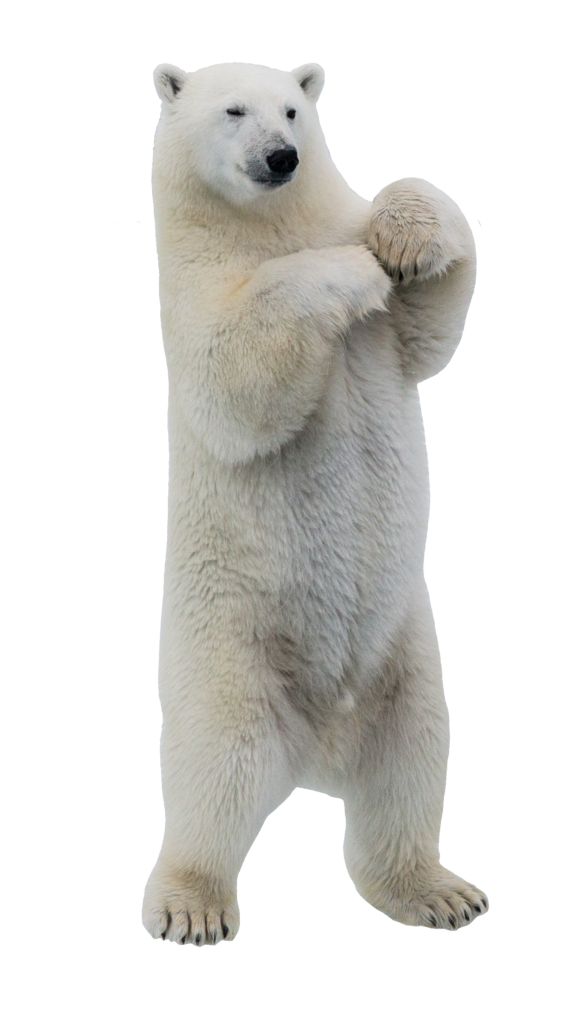
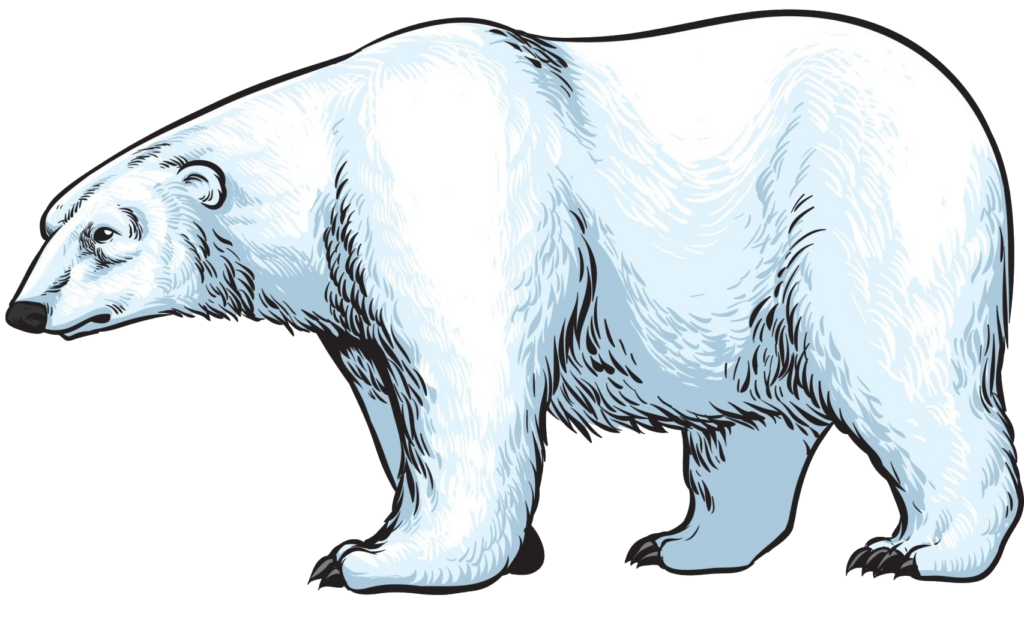
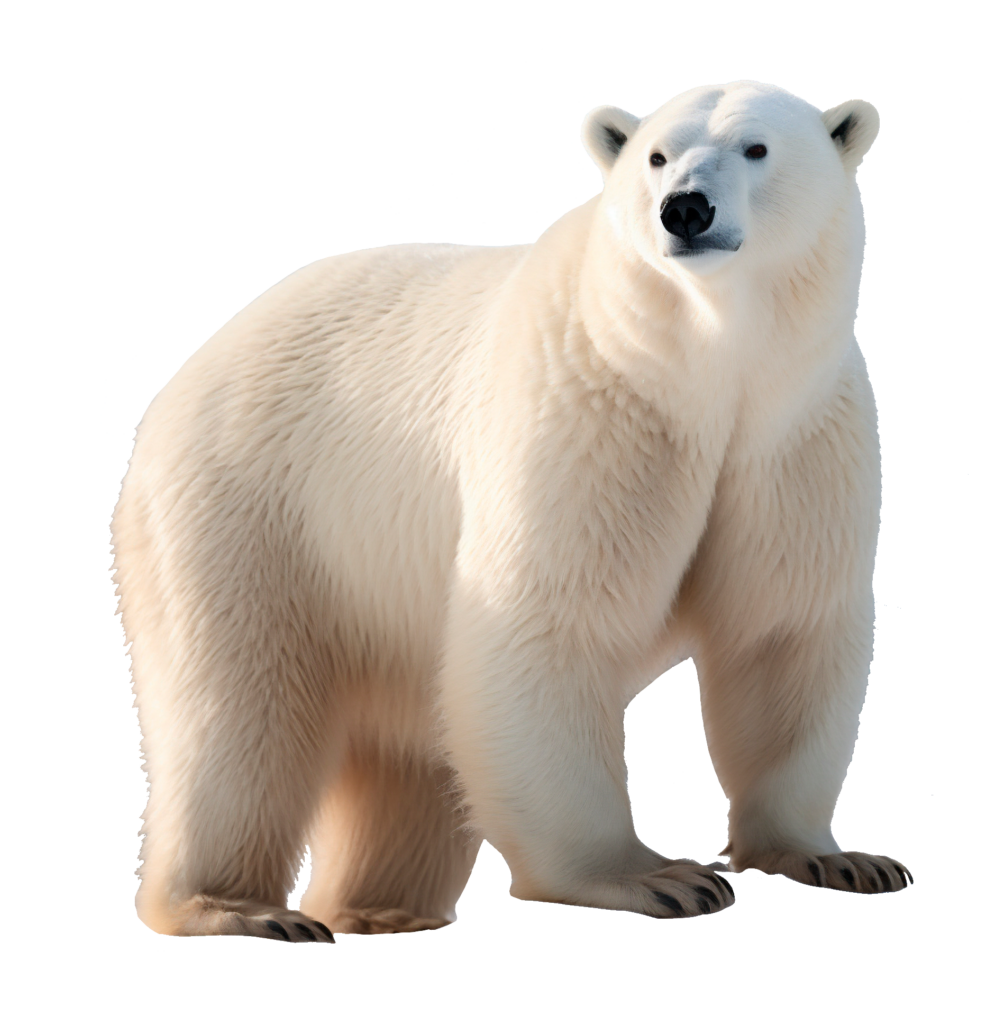
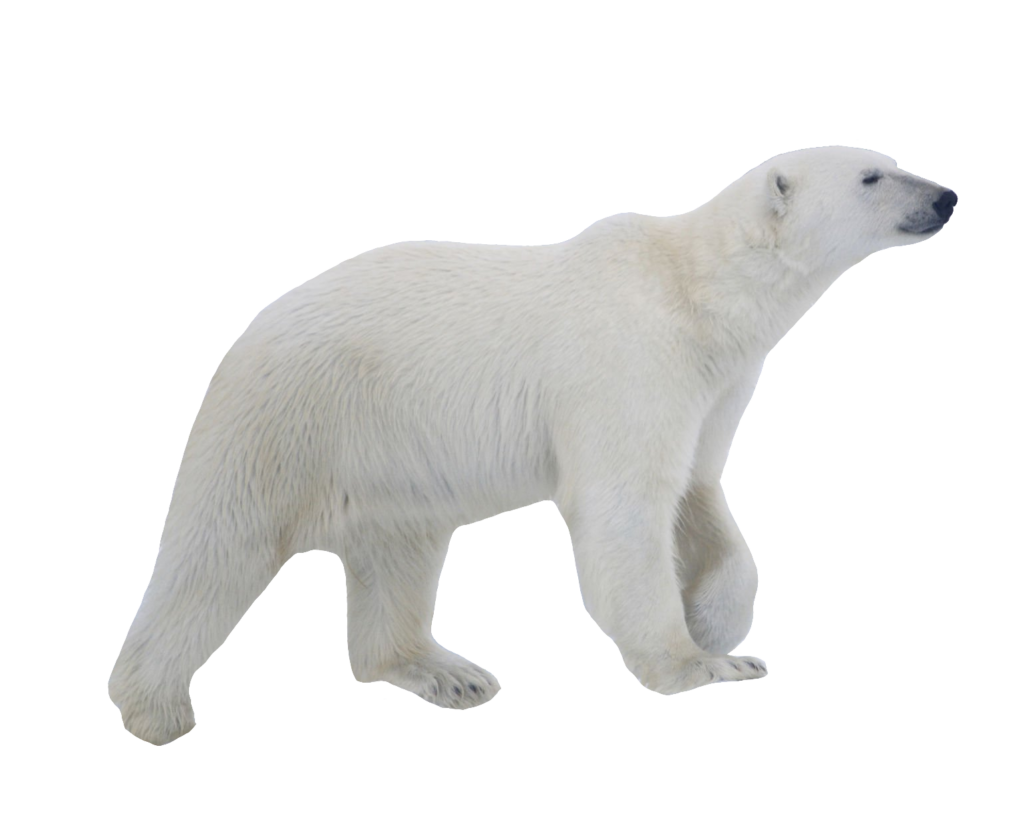
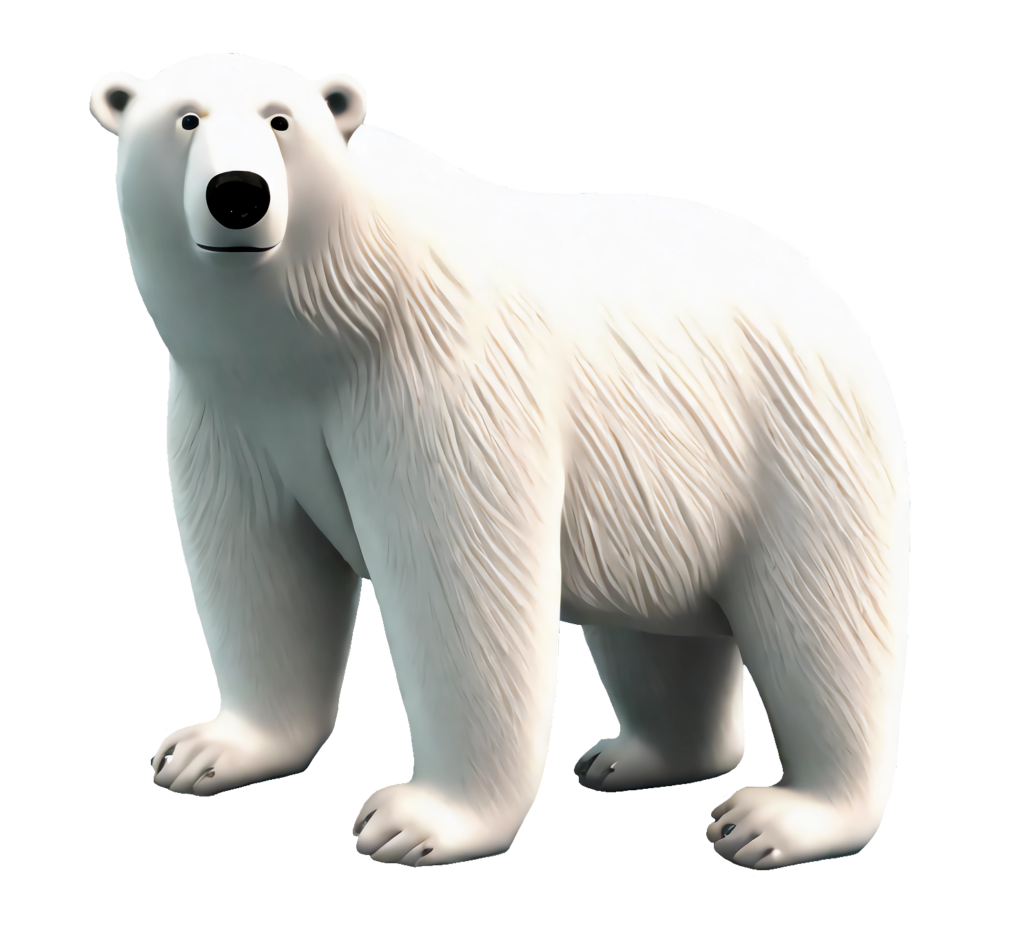
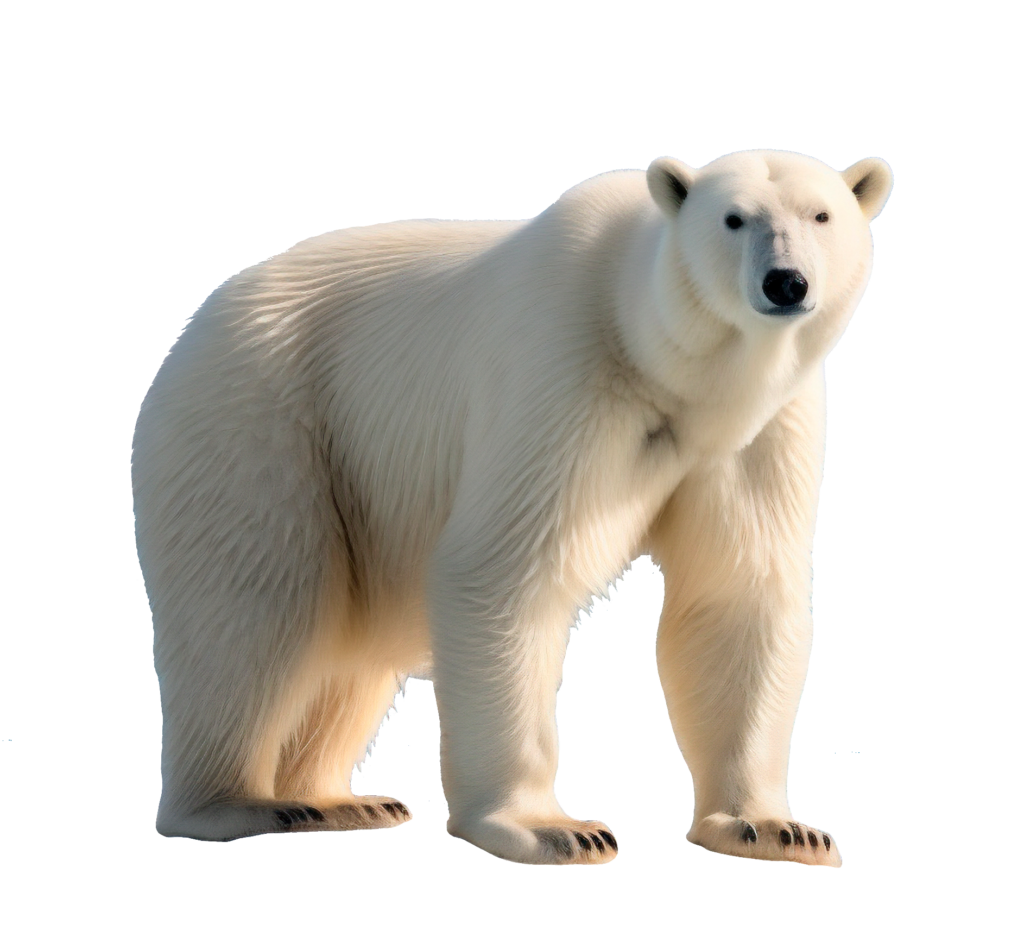
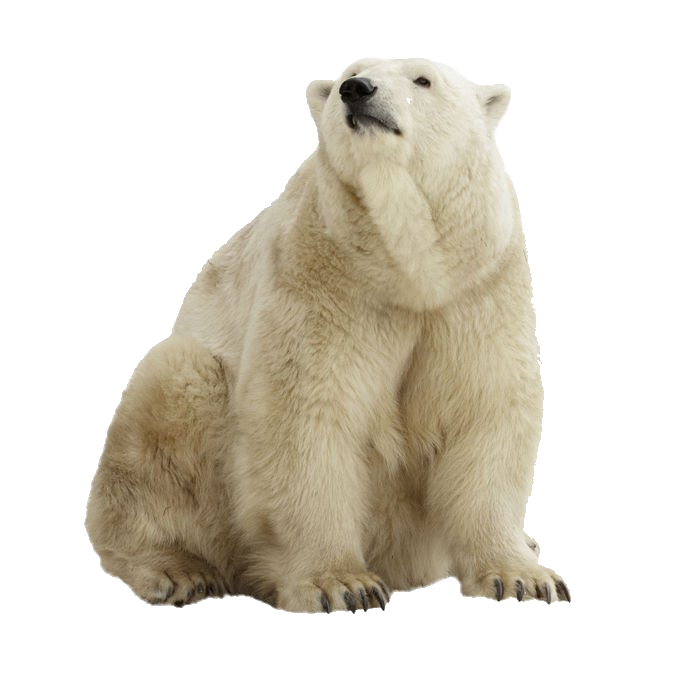
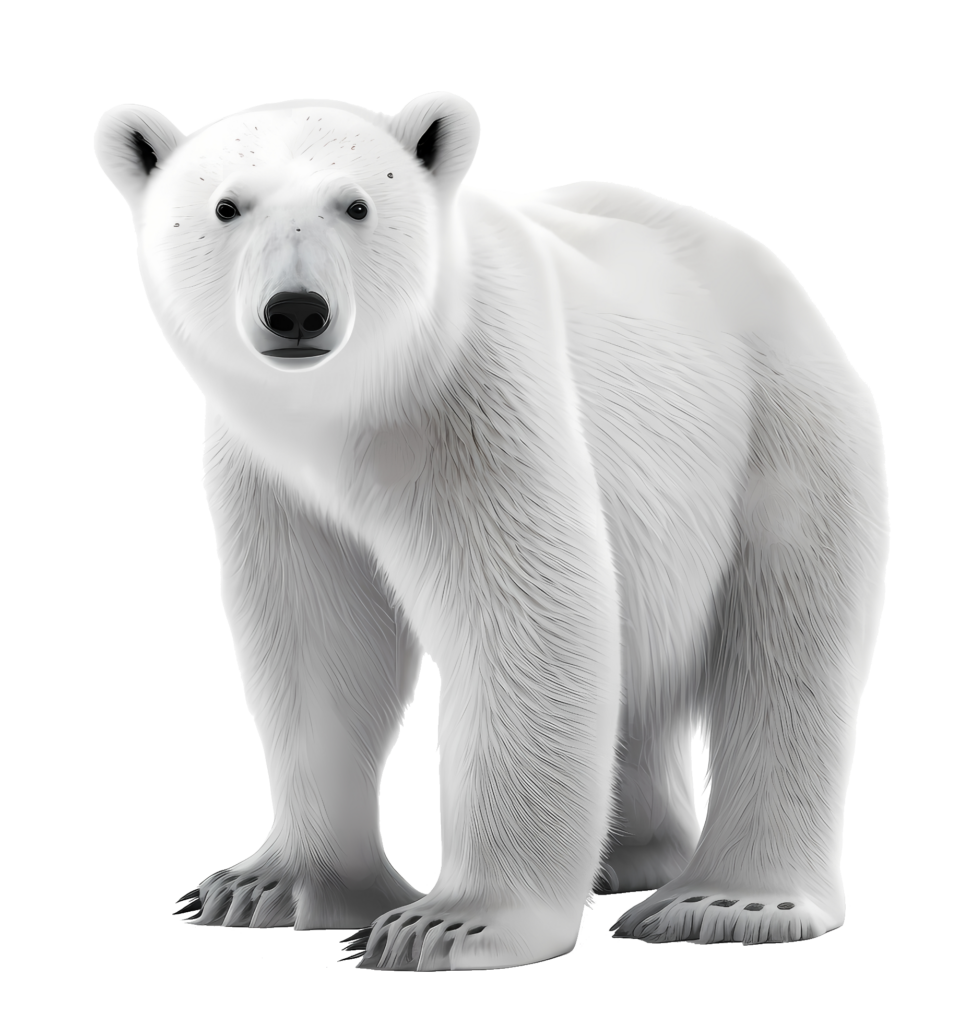

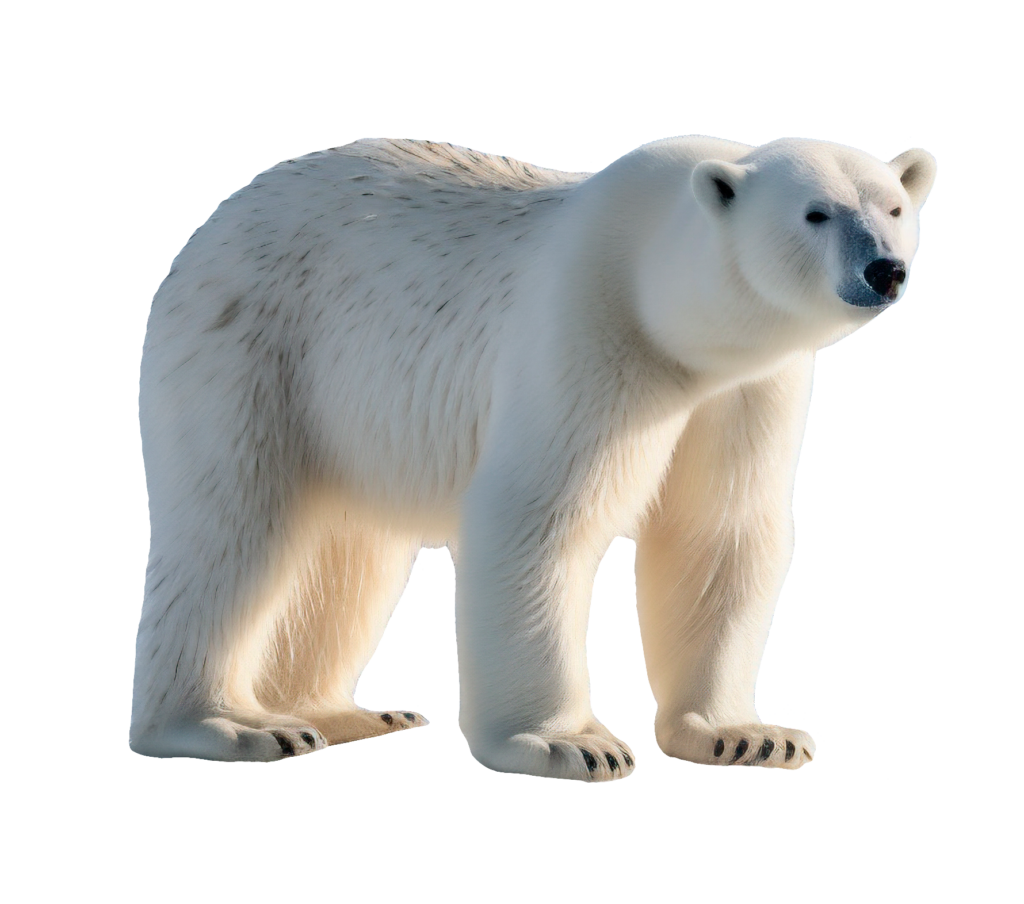

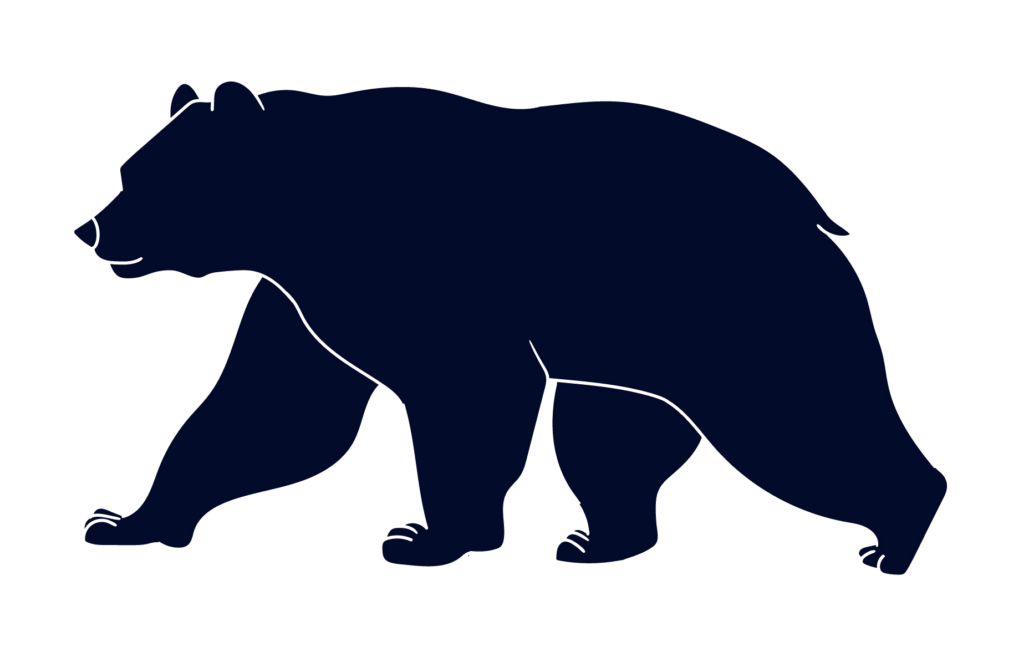
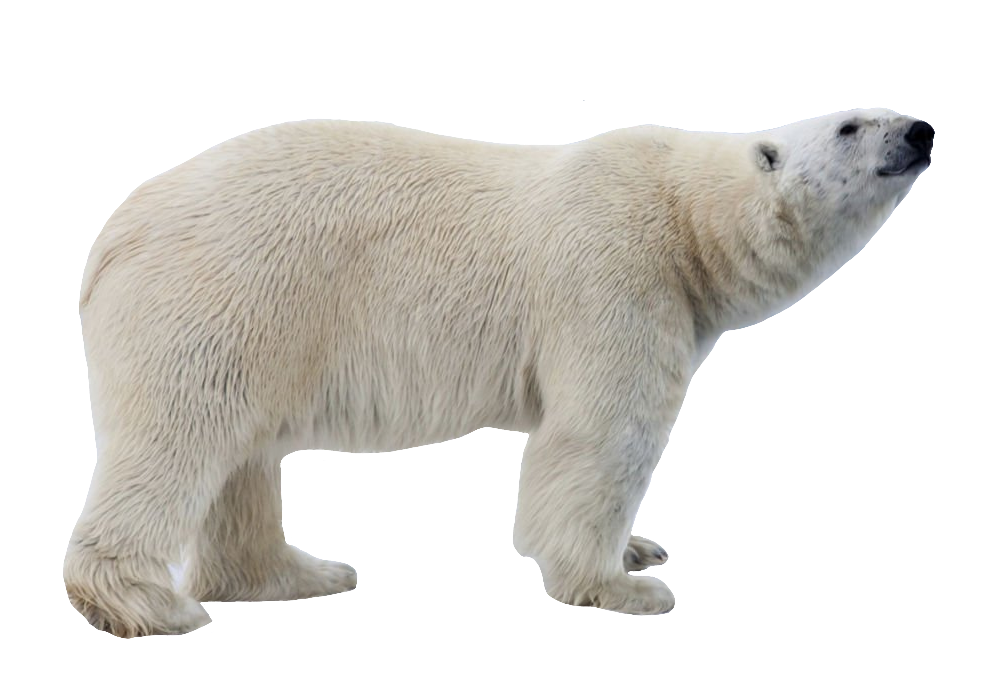

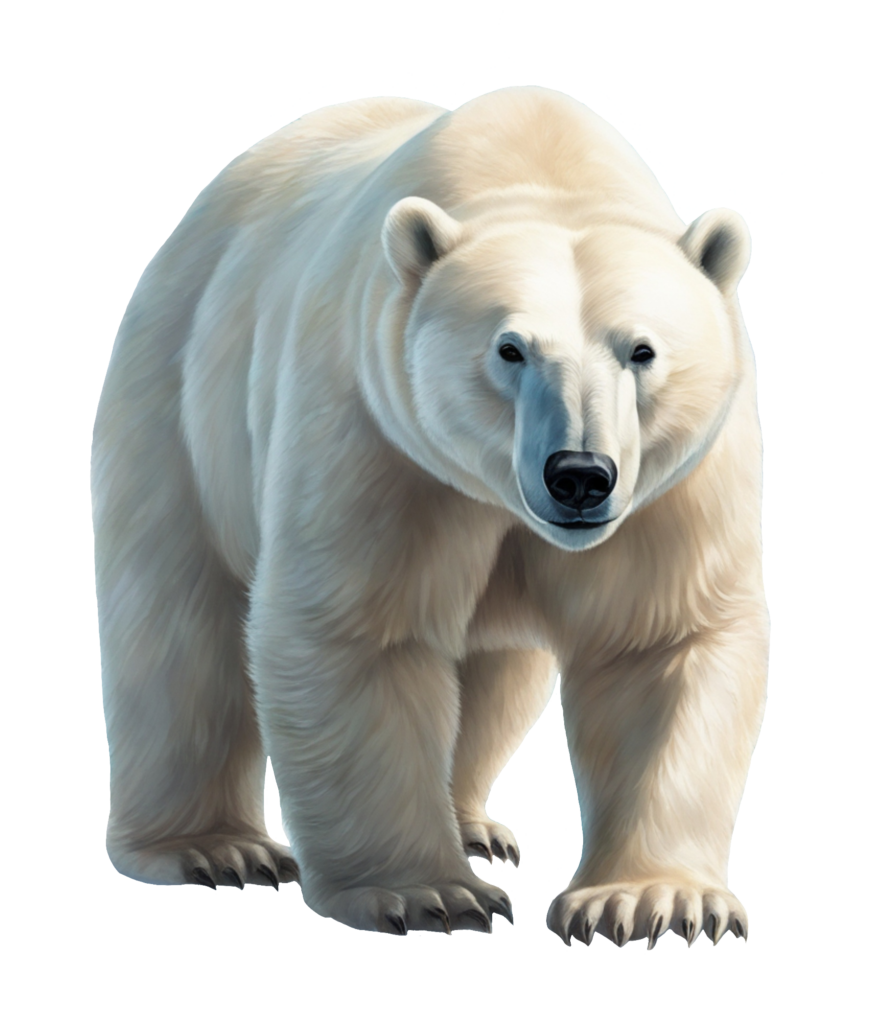
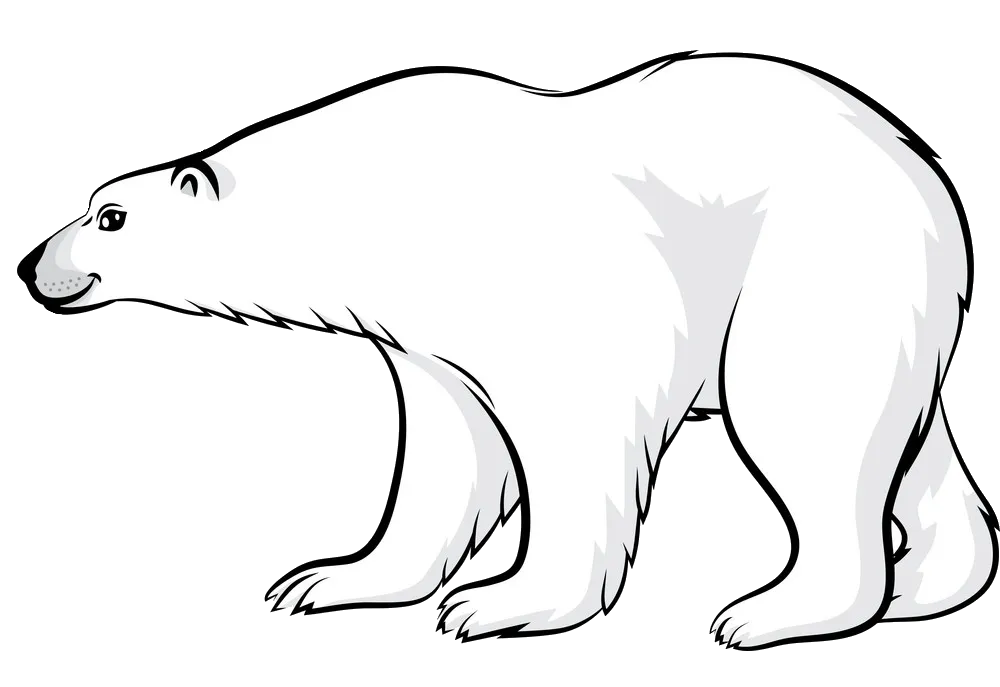

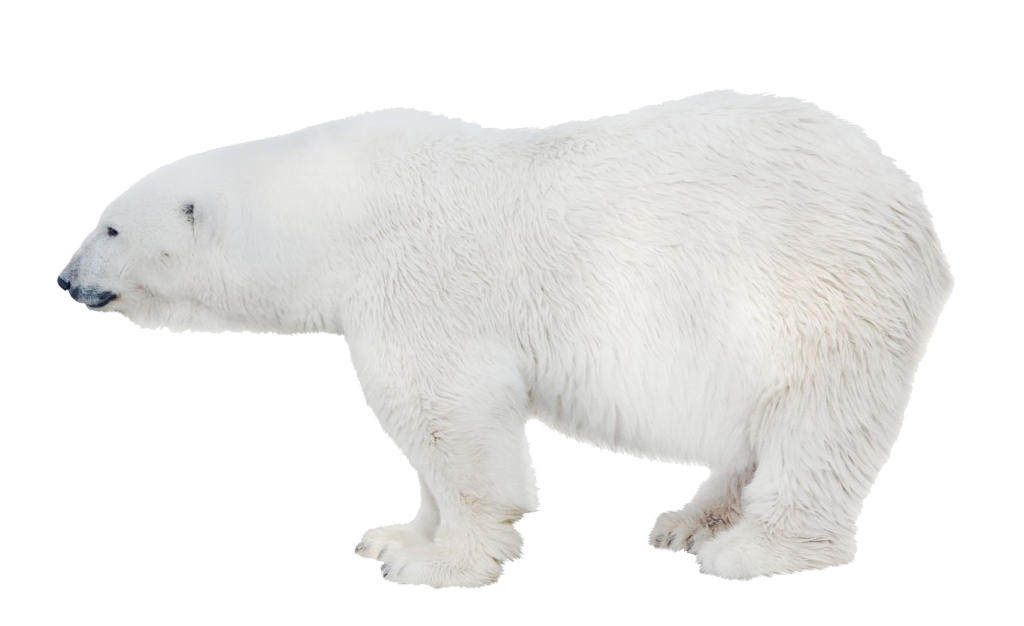
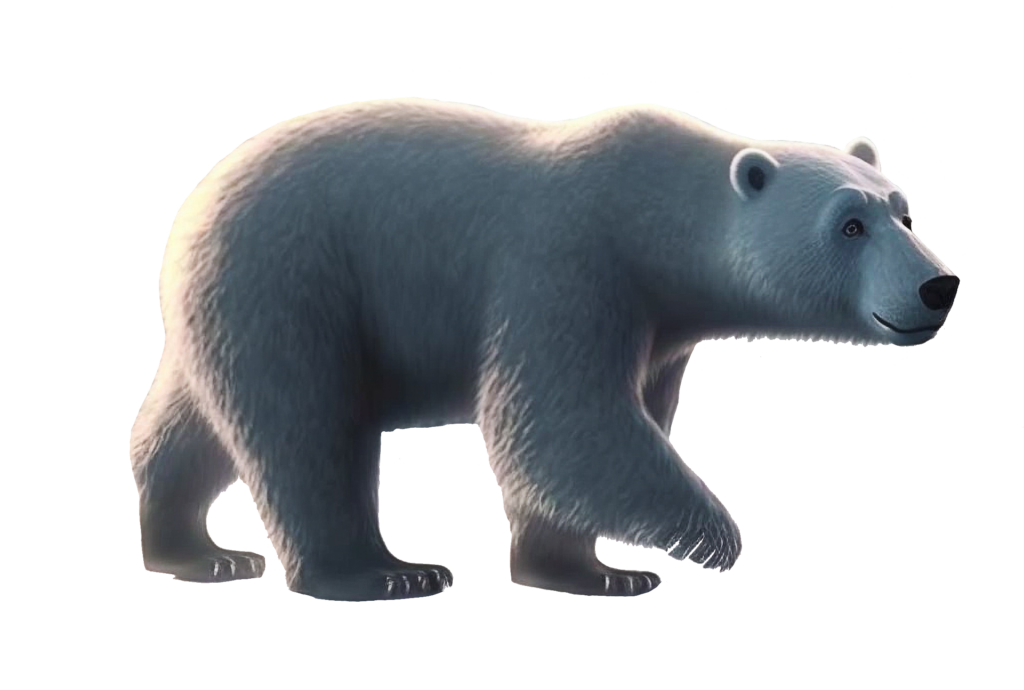
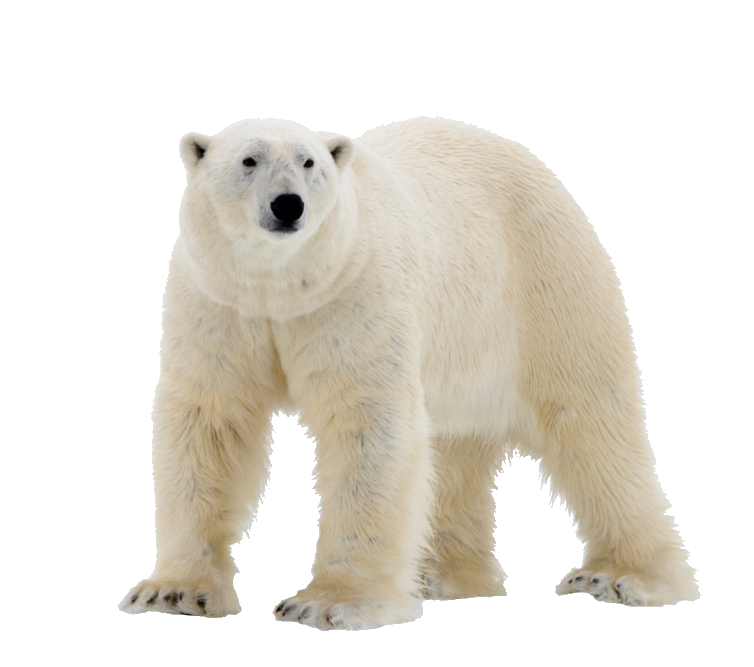
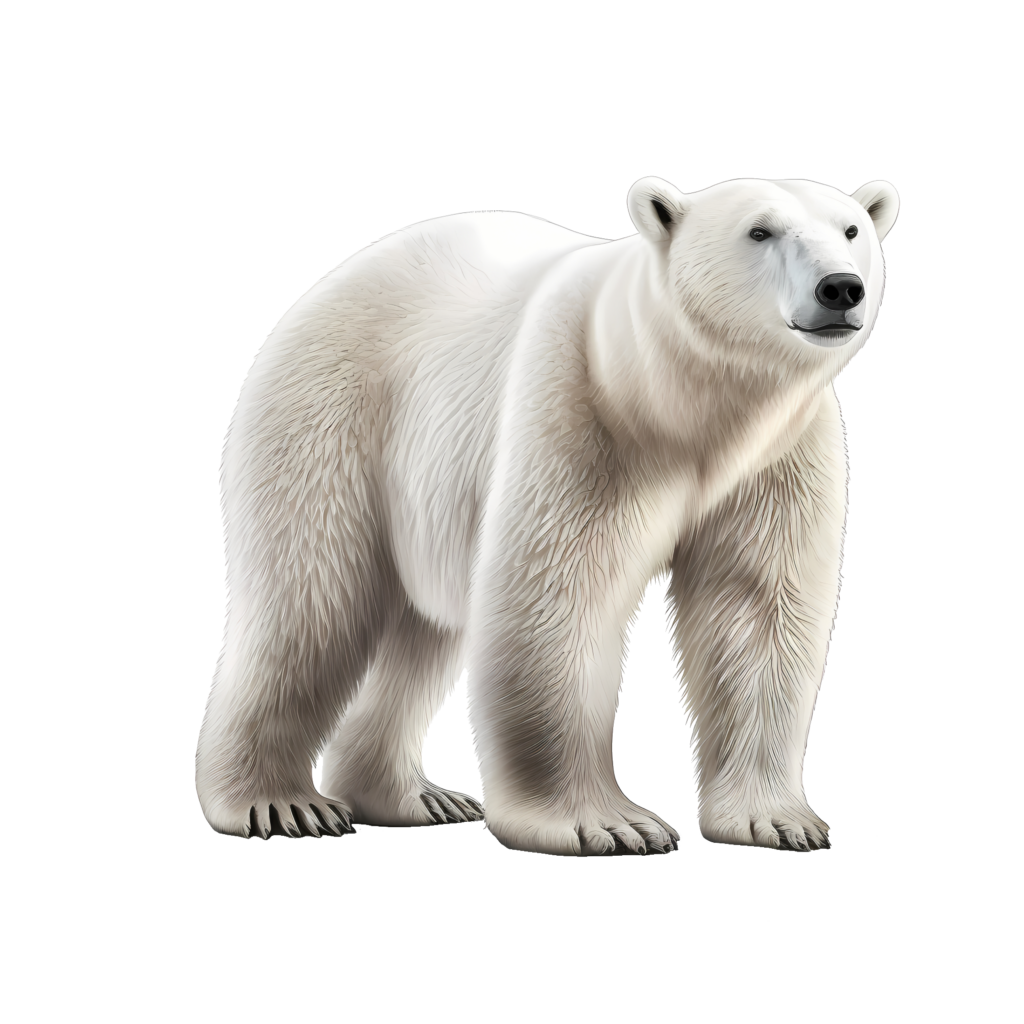
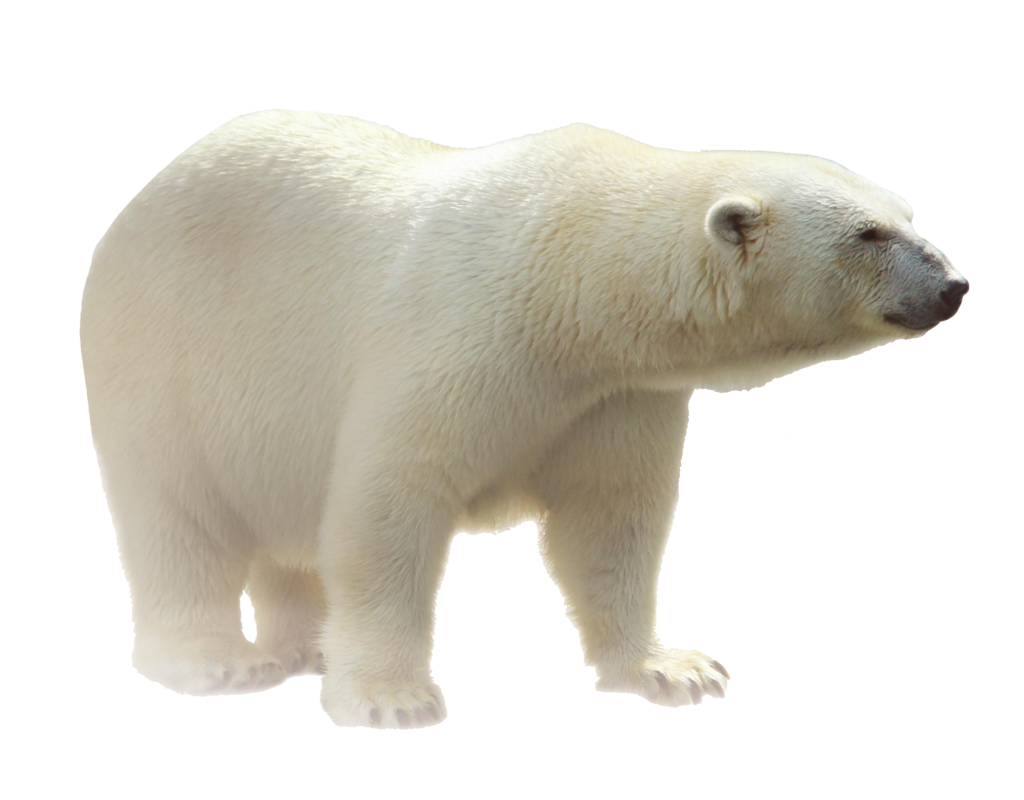

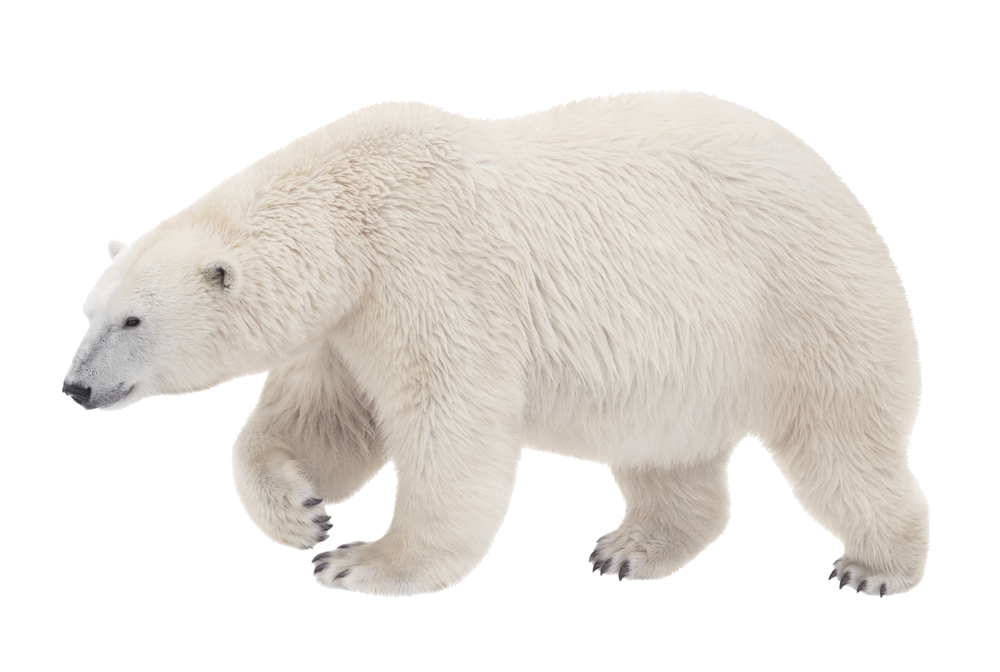
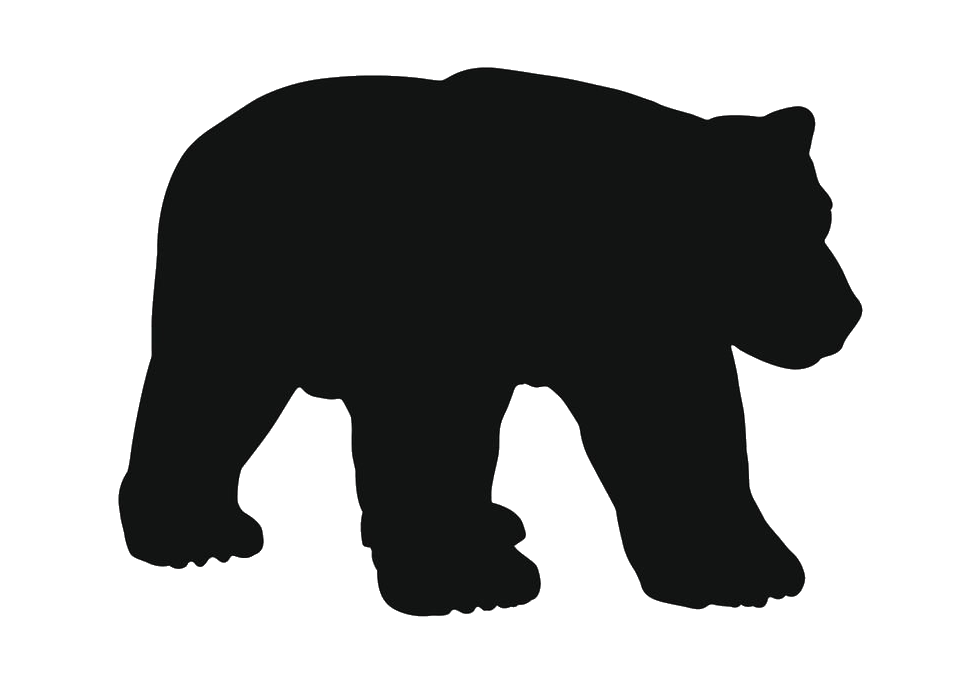
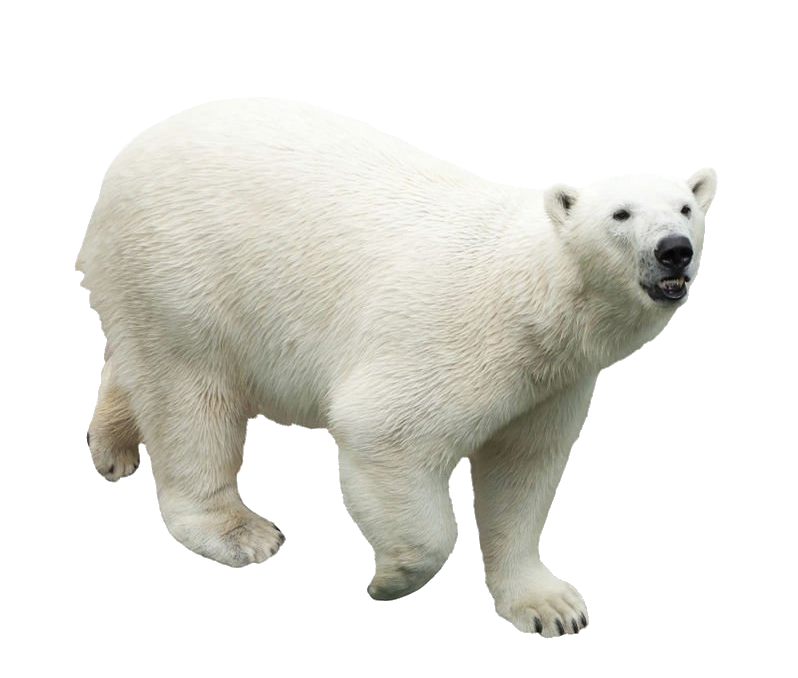

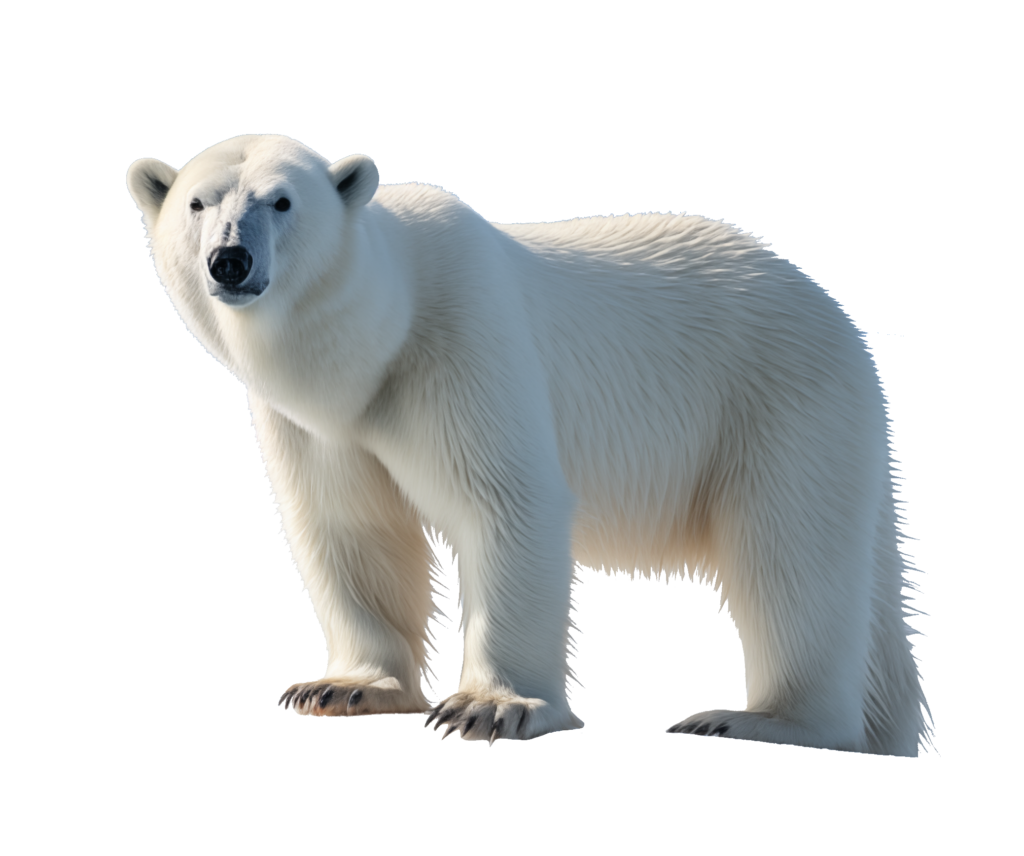
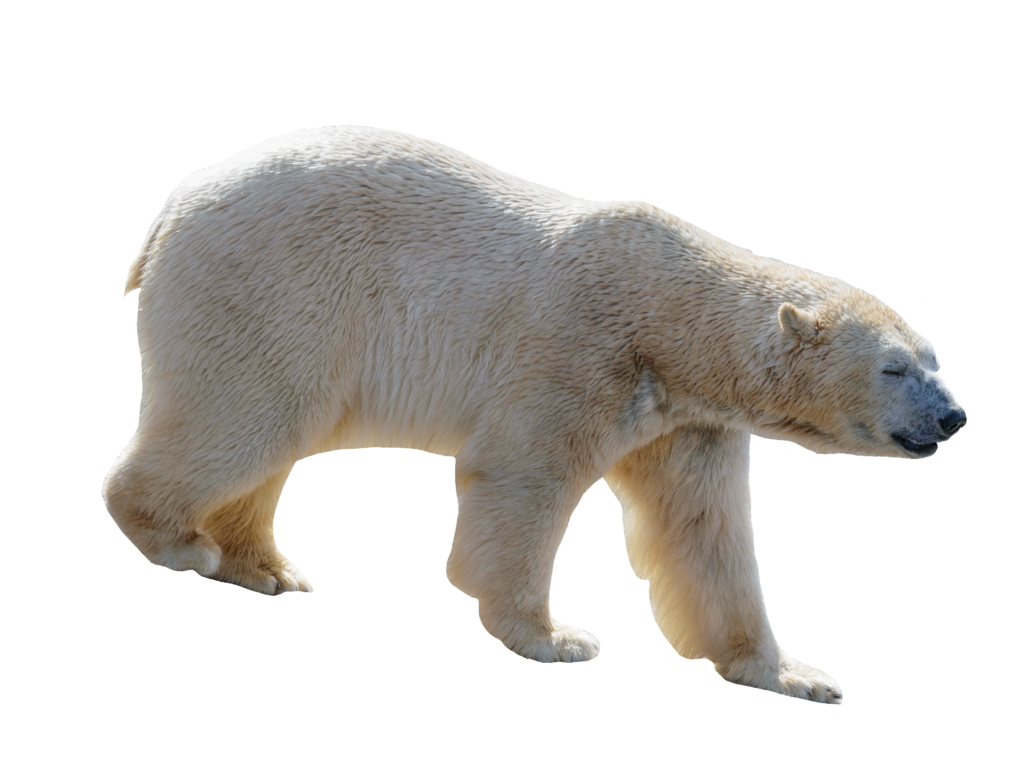

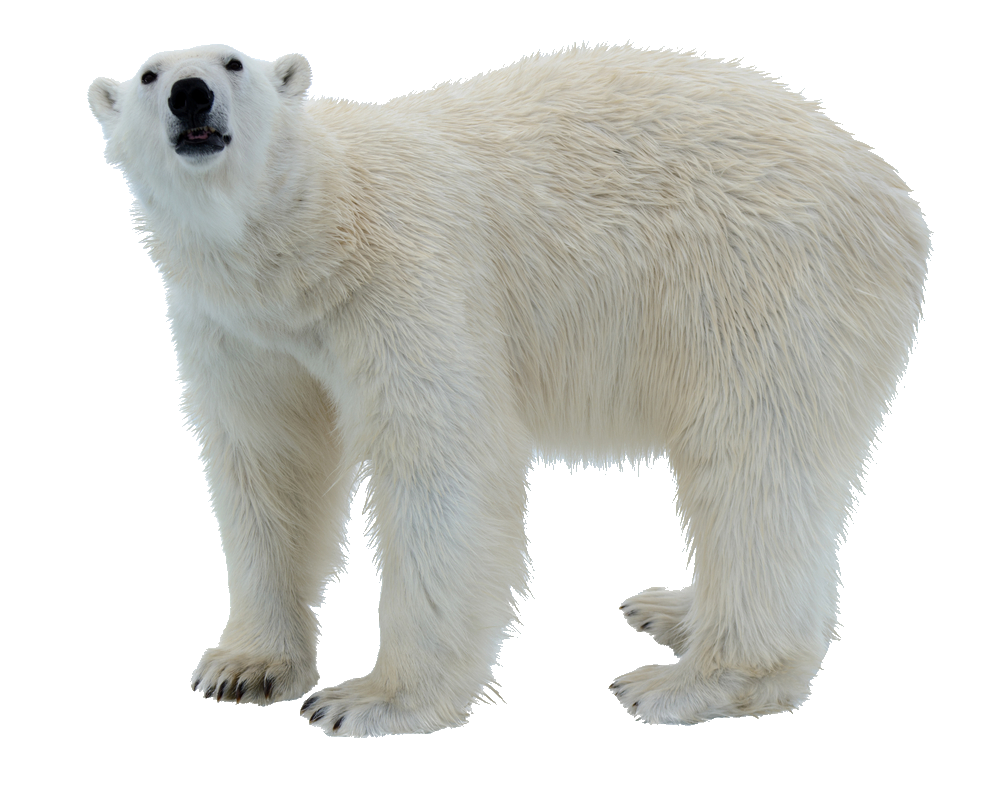
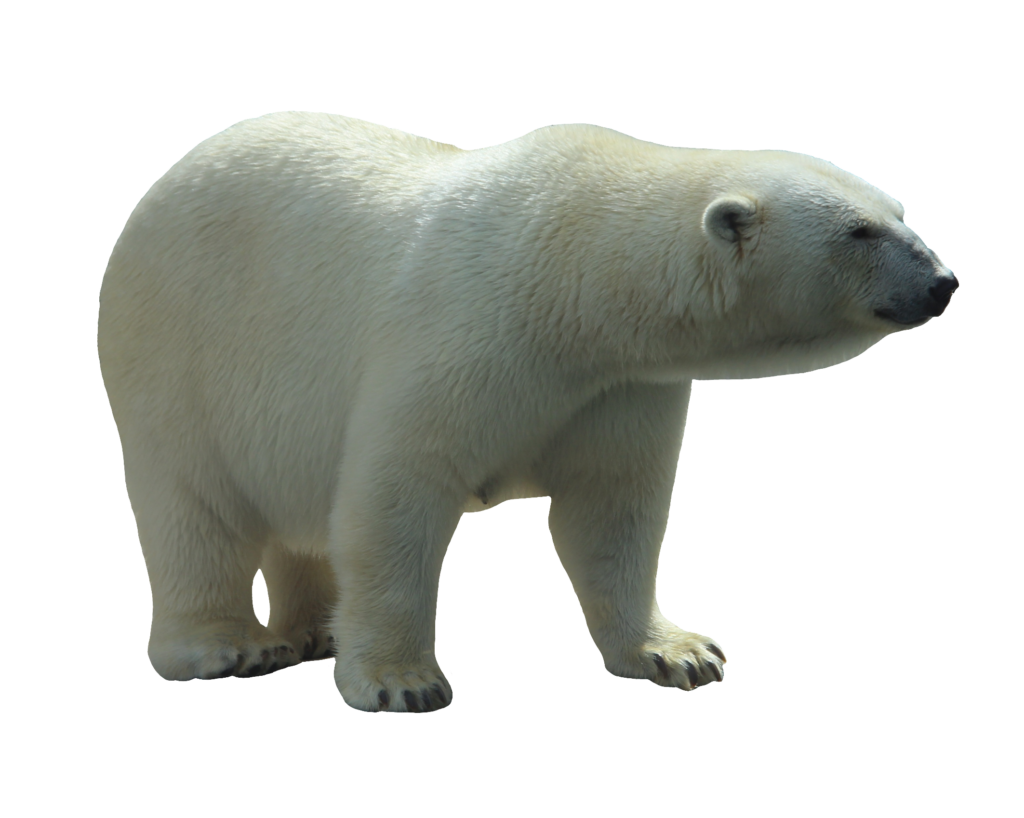
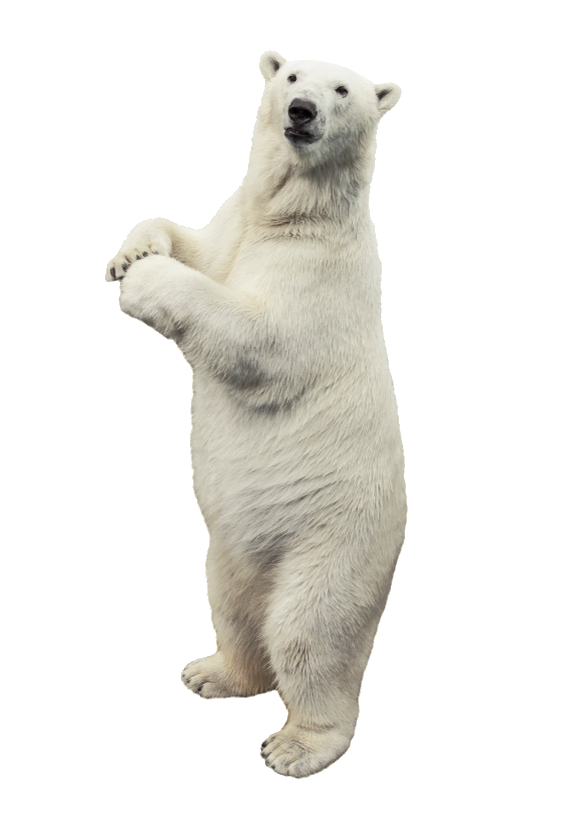

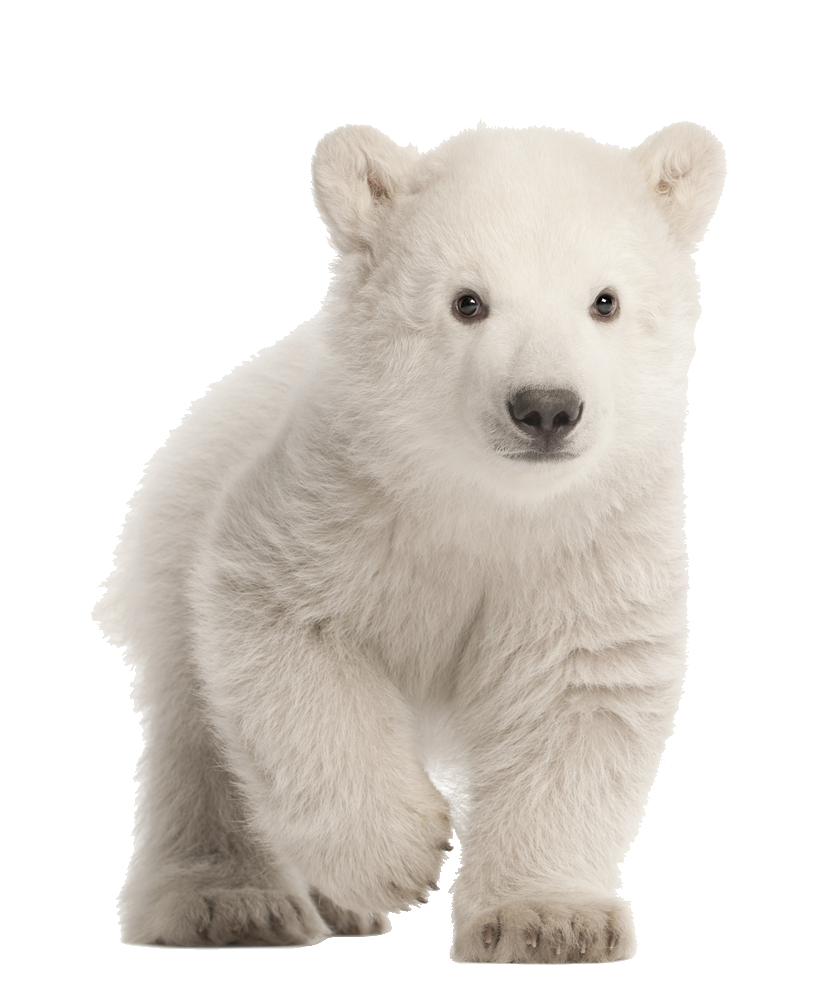
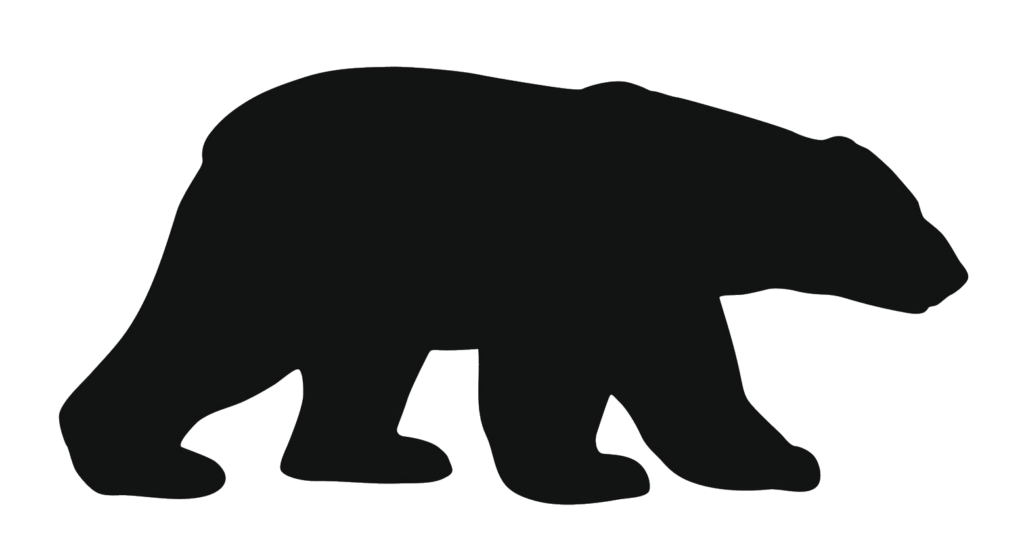
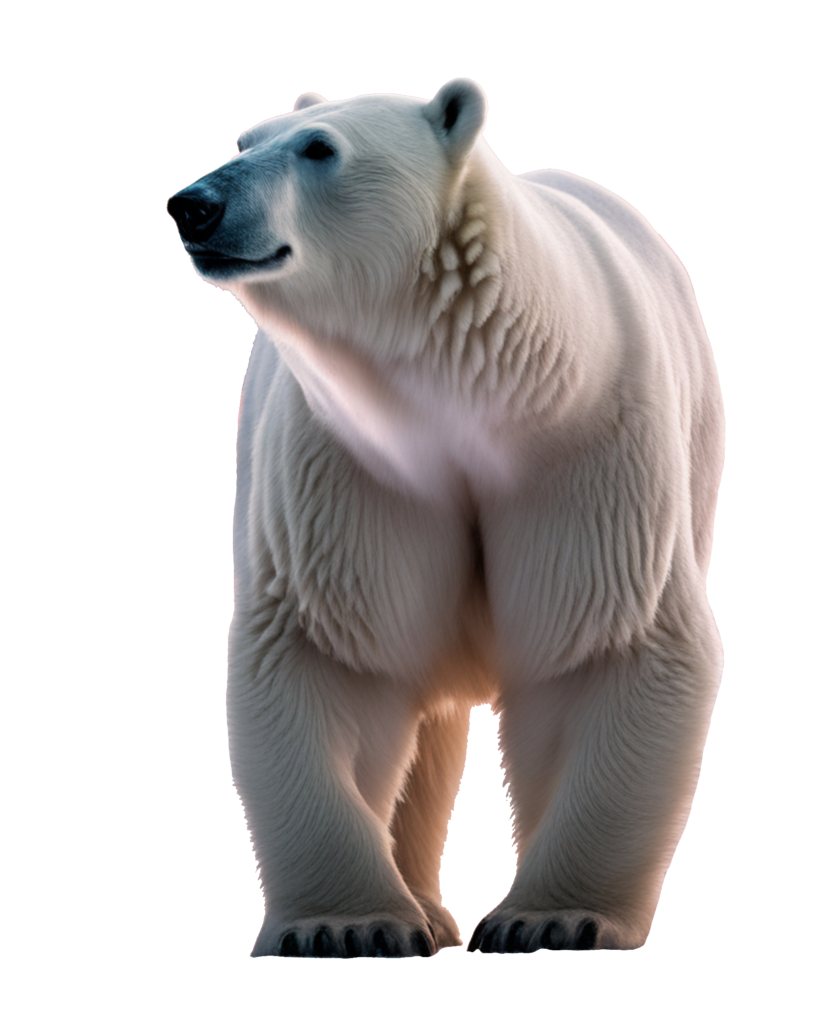

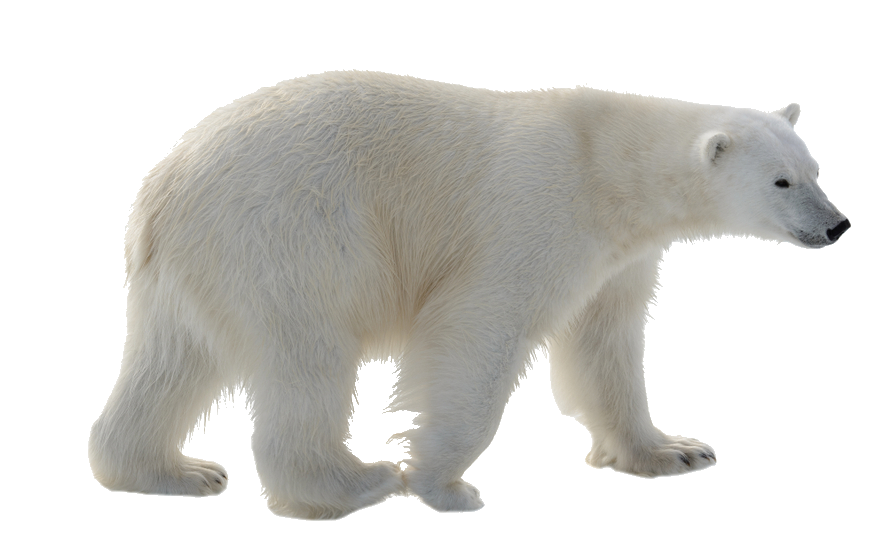
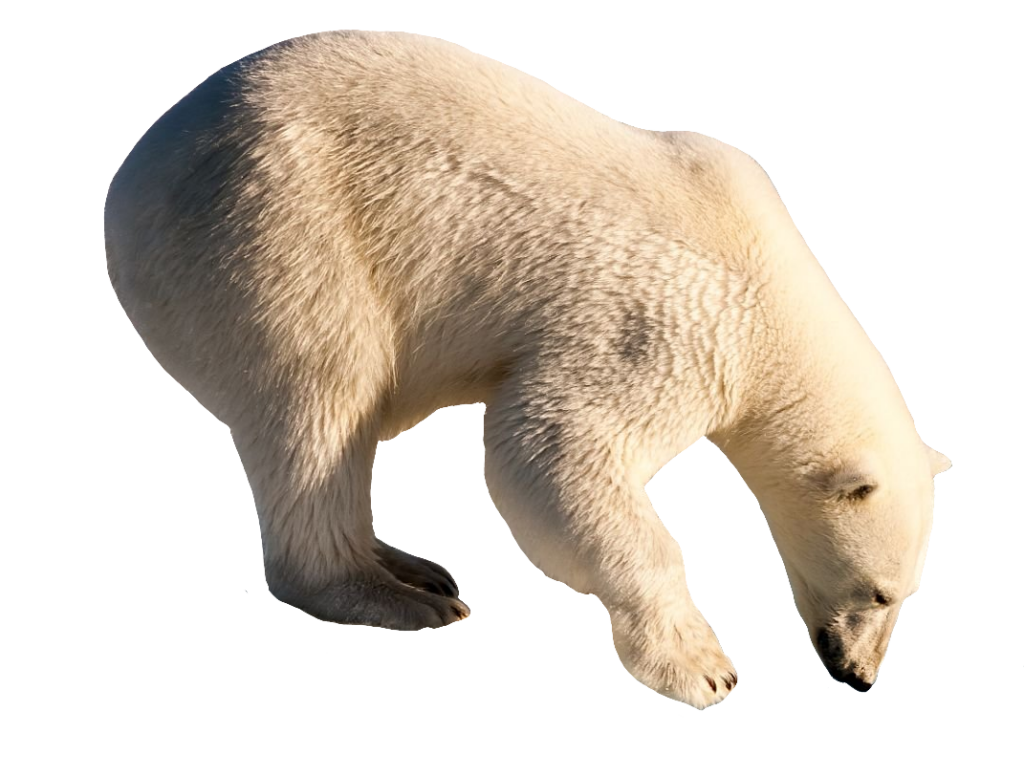

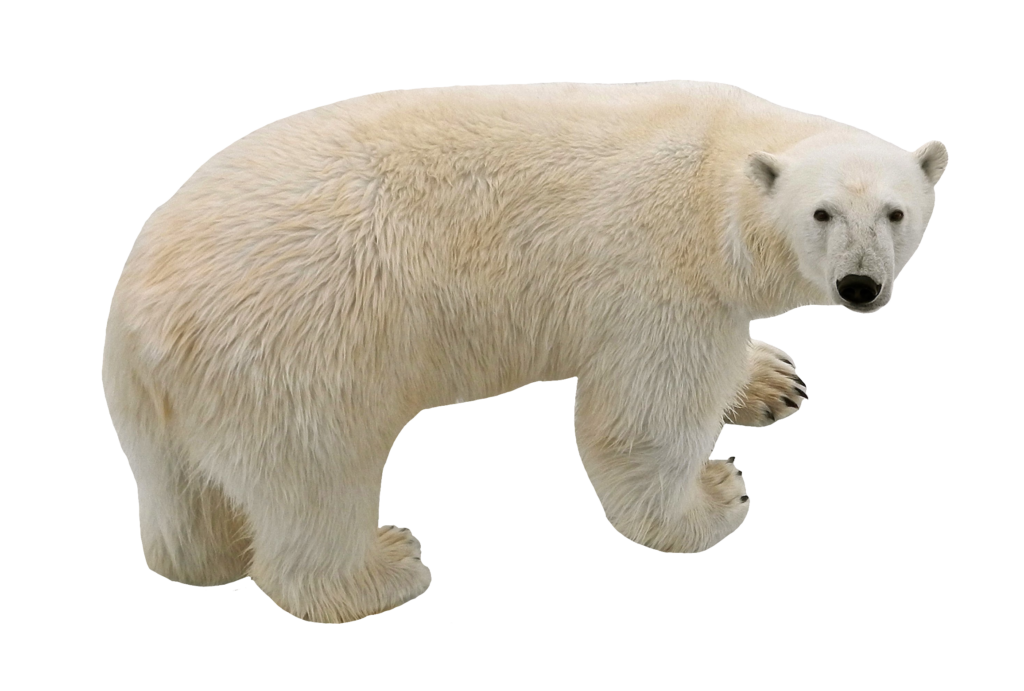
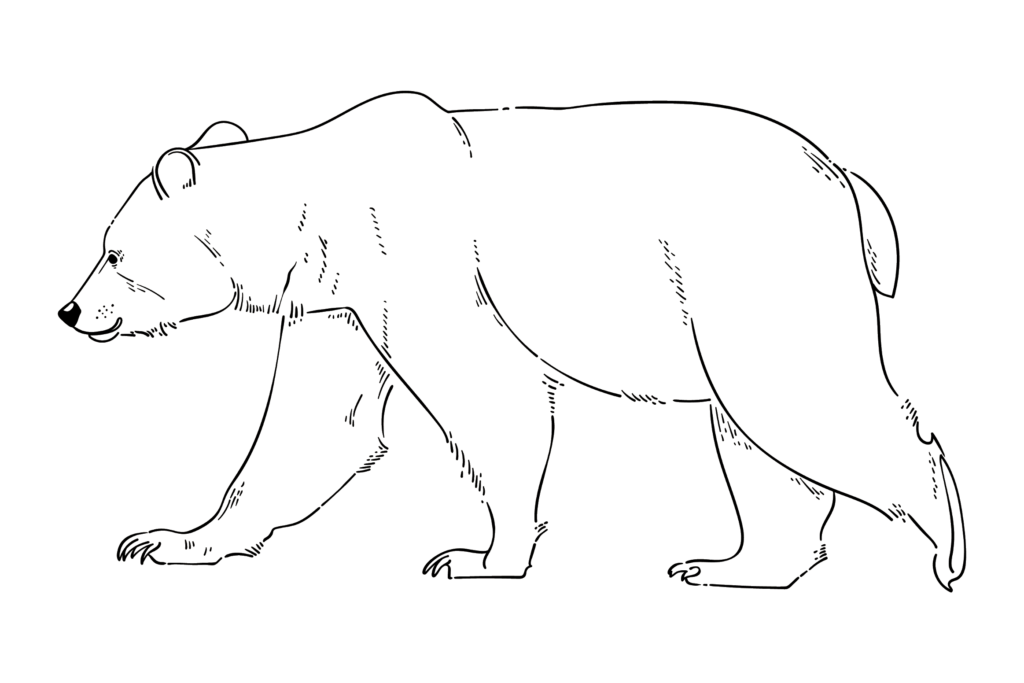
The polar bear (Ursus maritimus) stands as a majestic icon of the Arctic, embodying strength, resilience, and adaptability in a harsh and rapidly changing environment. These magnificent creatures are the largest land carnivores and have evolved to thrive in the extreme conditions of the Arctic Circle.
Polar bears are uniquely adapted to their frigid environment, with dense fur and thick fat that insulates them against the Arctic’s freezing temperatures. Their large, powerful limbs and paws help them navigate the icy terrain and swim effortlessly through the cold waters. The bears’ keen sense of smell is essential for hunting seals, their primary prey, which they primarily catch by waiting near breathing holes in the ice.
Polar bears spend a significant part of their lives on sea ice, using it as a platform for hunting, resting, and traveling vast distances. The ice is a crucial habitat for giving birth and raising cubs. Female polar bears enter maternity dens in winter, where they give birth and nurture their young, relying on the safety and seclusion provided by the icy landscapes.
Despite their adaptability, polar bears face numerous challenges due to climate change and human activities. The most pressing threat is the rapid decline of sea ice in the Arctic. The reduction in ice cover limits the bears’ access to their primary prey, forcing them to travel longer distances in search of food, which strains their energy reserves.
Climate change also risks polar bear maternity dens, as warmer temperatures and thawing ice can cause den collapse, endangering both mothers and cubs. Additionally, pollution and oil exploration in the Arctic further threaten the bears and their habitat.
International efforts are underway to address the challenges faced by polar bears. The 1973 Agreement on the Conservation of Polar Bears, signed by the five nations with polar bear populations (Canada, Denmark, Norway, the United States, and the Soviet Union, now Russia), aimed to protect polar bears and their habitats. In recent years, conservation organizations, scientists, and governments have intensified their focus on climate change mitigation and adaptation strategies to protect the Arctic environment and its inhabitants.
Polar bears play a crucial role in maintaining the health of the Arctic ecosystem. As apex predators, they help regulate the populations of seals and other prey species, contributing to the overall balance of the food web. Their dependence on sea ice also makes them important indicators of climate change impacts in the Arctic.
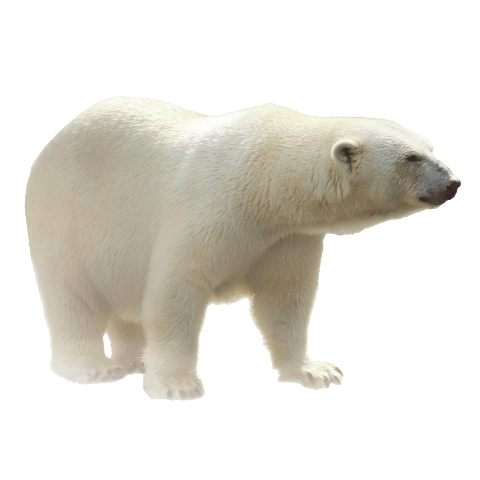
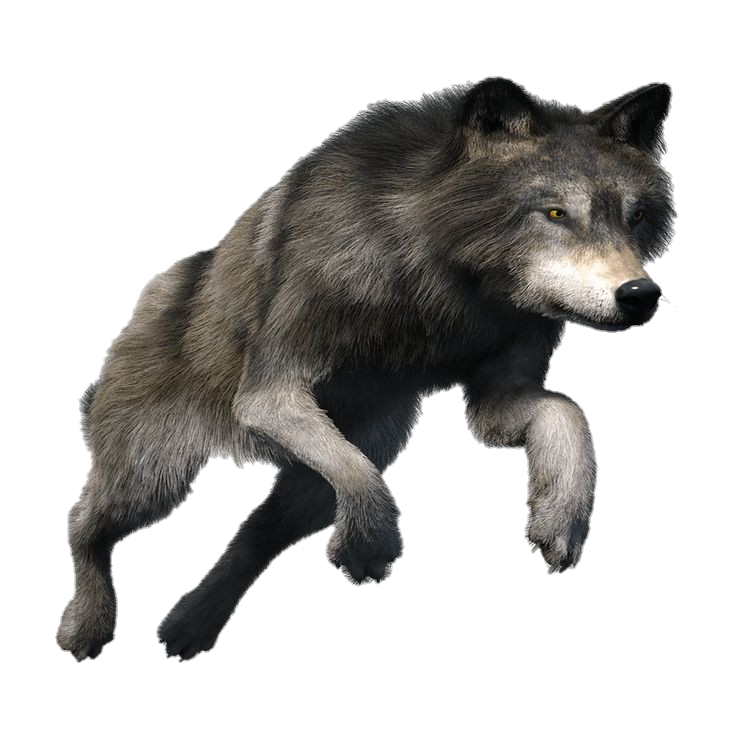

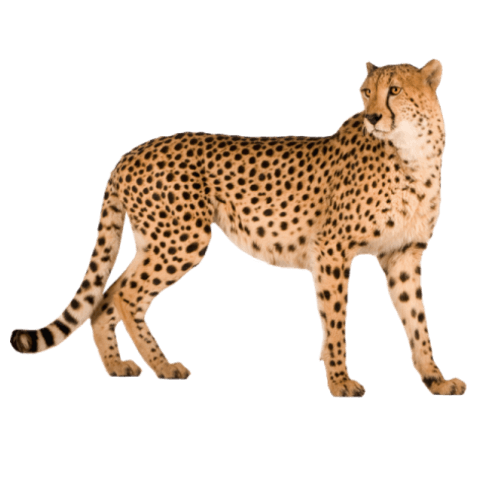


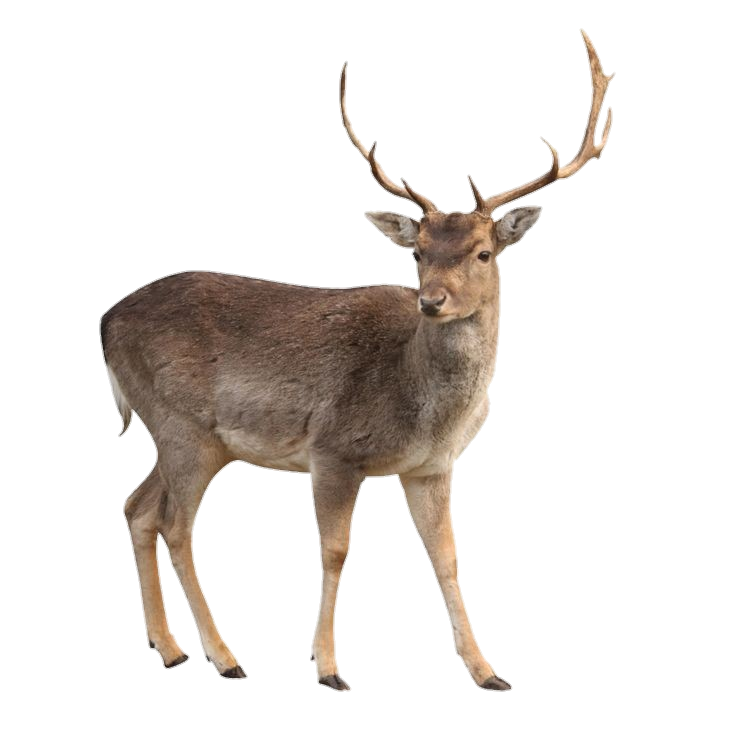
Leave a Comment